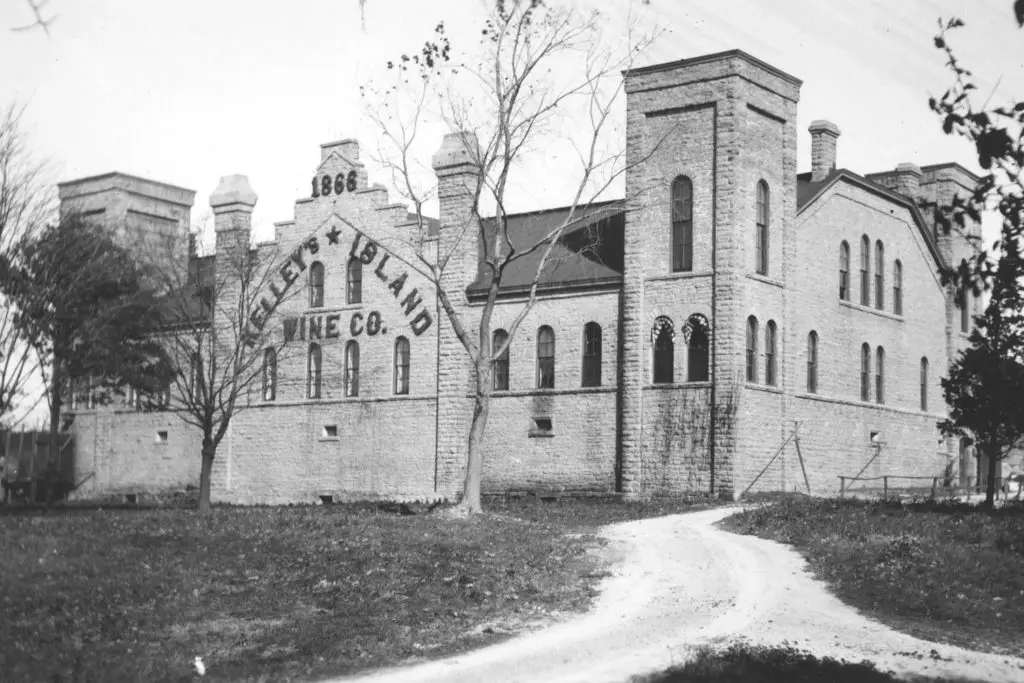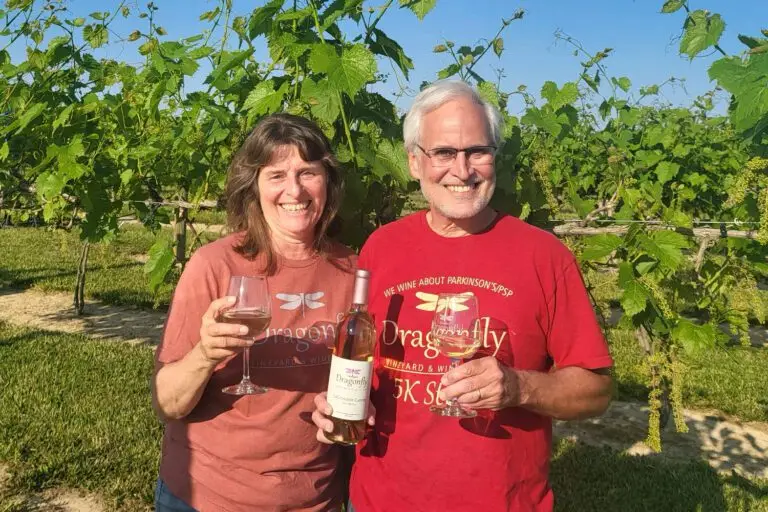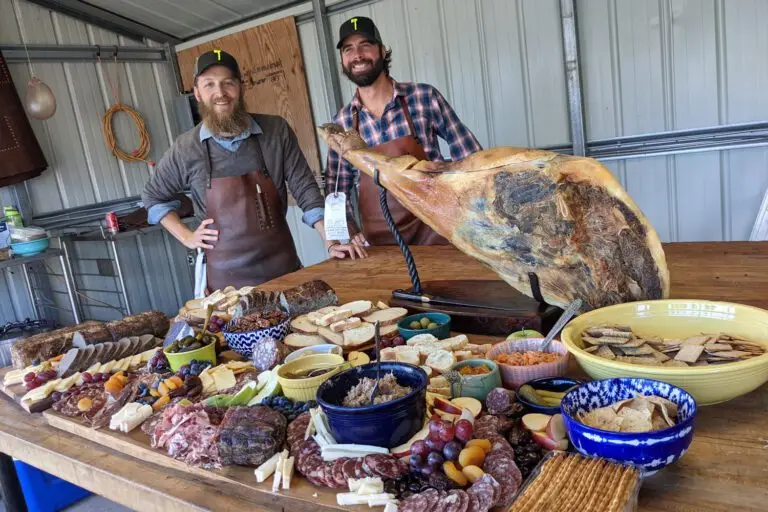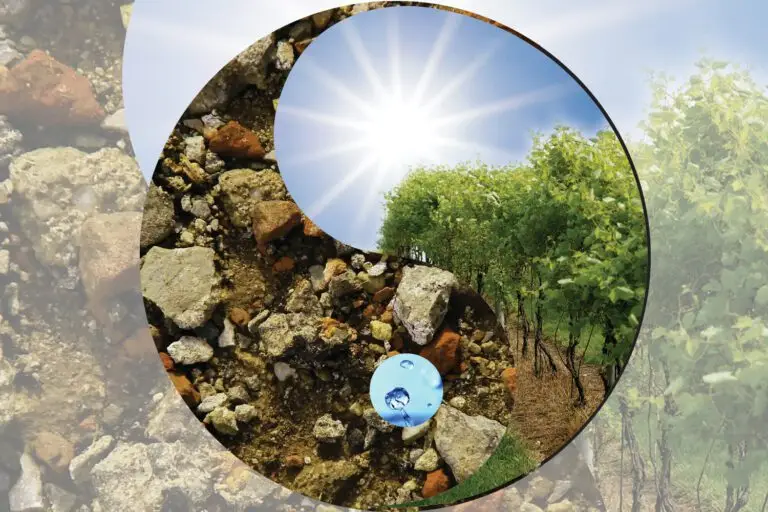by Claudia J. Taller
When I tell someone that the Ohio River was lined with vineyards, and Ohio was known as “Vinland” in the mid-1800s, the usual response is, “Really?!” in a tone that says, “You’ve got to be kidding!” We tend to think of California, Washington, and New York as wine producing states, but Ohio is currently sixth in the United States in wine production, and has been growing grapes for over 200 years.
Imagine the landscape along the Ohio River in the early 1800s. Mostly wilderness, some of the woodlands had been cleared and used for farming. Good farmland – especially land where fruit trees grew – was also good for grape growing. From the river, early explorers must have looked upon hillsides lush with vineyards, planted by new settlers.
In Ohio, we owe our winemaking legacy to the “Father of American Wine,” Nicholas Longworth. Longworth, originally from New Jersey, settled in southern Ohio in 1823, where he planted a vineyard of European vinifera grapes. The original vines died out, but he soon discovered the Catawba grape, a native hybrid that was probably a cross between a native labrusca and a vitis vinifera Semillon. Longworth eventually planted more than 3,000 acres of grapes in Southern Ohio. His sparkling Catawba became so popular in America and in Europe, that demand exceeded production. By 1860, Ohio produced a third of the wine sold in America, outpacing California two-to-one, mostly due to those Catawba grapes.
But the growth boom did not last. Powdery mildew and black rot attacked the vines and growing became impossible. Southern Ohio was also affected by the Civil War, which left the land damaged and the workforce drastically diminished. Many who worked the vineyards and wine cellars in the southern part of the state moved to the Lake Erie Islands, where the lake moderated the temperatures and permitted a long growing season, and the breezes kept the vineyards dry.
There were no grapes on South Bass Island when Put-in-Bay developer, Jose de Rivera, purchased the land in 1854, but by 1858, de Rivera, with other adventurers including Philip Vroman, had planted the first vines. It wasn’t just the climate that made an ideal environment for grape growing, it was also the island’s limestone soil. Other growers followed, and by 1900, over 70 grape cultivators owned 550 acres of vineyards at Put-in-Bay.
Heineman’s Winery, Ohio’s longest continuously operating winery, opened in 1888 in Put-in Bay. The Cincinnati area emerged from its post-Civil War difficulties, and in 1895, the John C. Meier Grape Juice Company, which eventually became Meier’s Wine Cellars, carried on the work of earlier vintners in Silverton, Ohio. While Heineman’s has operated the longest, Meier’s is Ohio’s largest winery.
Unfortunately, Prohibition devastated Ohio’s island and river wineries. Lonz Winery on Middle Bass Island survived by selling grape juice with instructions on how not to let the juice ferment. Heineman’s survived by offering grape juice and tours of its crystal cave. But these days, it’s hard to find a U.S. winery established prior to 1933. During Prohibition, the vineyards withered, the equipment rusted, the winemakers went on to other endeavors.
Today, both the Ohio River Valley and the Lake Erie American Viticultural Area are thriving wine regions. Hundreds of wineries operate in all parts of the state. Discover Ohio’s Vinland treasures, old and new, as you explore its beautiful wine trails.





